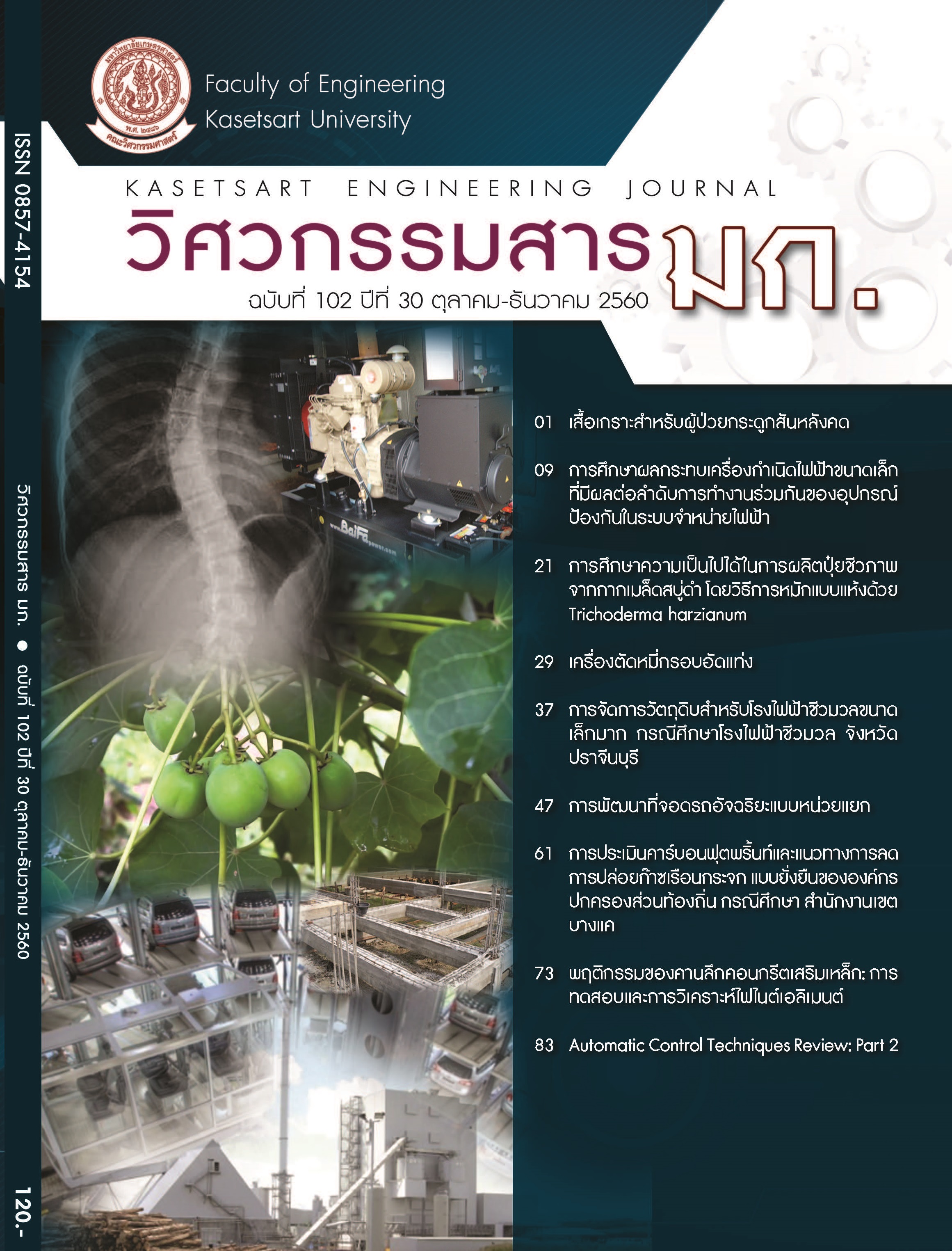Carbon Footprint Assessment and Sustainable Approaches to Reducing the Greenhouse Gas Emissions of Thai Local Administrative Organizations: A Case Study of the Bangkhae District Office, Thailand
Keywords:
carbon footprint assessment; approaches to reducing greenhouse gas emissions; sustainabilityAbstract
This research aimed to assess the organizational carbon footprint, including the amount and sources of greenhouse gas emissions, generated by the Bangkhae District Office, Bangkok, Thailand. The obtained data were analyzed to find out appropriate approaches to reducing the greenhouse gas emissions from organizational activities based on the principles of sustainable development. The carbon footprint management form, adopted from the Thailand Greenhouse Gas Management Organization (Public Organization), and structured interviews were used to collect the data from 643 employees working in the Bangkhae District Office.
The results revealed that the Bangkhae District Office generated a total of 4,224.91 tons of CO2e per year. The annual amount of greenhouse gases emitted from the first, second, and third groups of activities was 702.12, 306.31, and 3,216.48 tons of CO2e respectively. The activity that generated the highest annual amount of greenhouse gas emissions was the daily commute of the employees (1,617.63 tons of CO2e), which accounted for 38.29%, followed by waste transportation (1,008.50 tons of CO2e), vehicle engine combustion (623.56 tons of CO2e), waste landfill (581.90 tons of CO2e), and electricity consumption (306.31 tons of CO2e). This research also proposed sustainable approaches to reducing greenhouse gas emissions in four dimensions, which included 1) the environmental dimension: providing a daily transportation service for the employees, encouraging waste management through segregation and recycling, planning a proper waste transportation route in order to minimize fuel consumption, and utilizing modern technology to reduce electricity consumption; 2) the economic dimension: planning an effective budget based on priority and applying economic principles to initiate green procurement standards; 3) the social dimension: educating and motivating the public to take part in reducing greenhouse gas emissions; and 4) the good governance dimension: top management needs to focus on natural resources and environmental management, including environmental operations, promotions, collaborations, and sponsorships.


